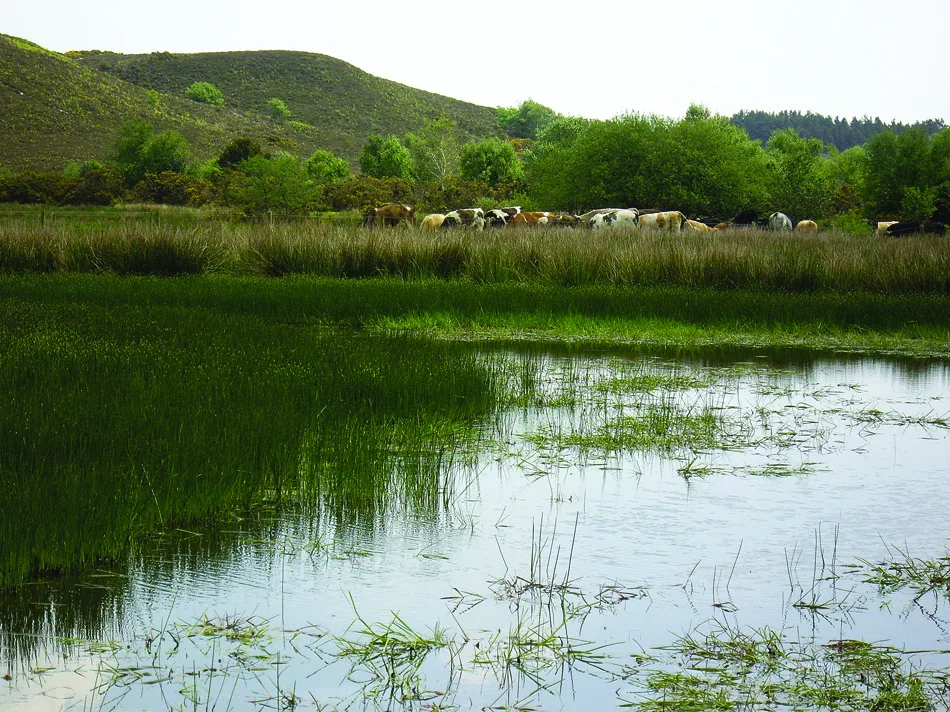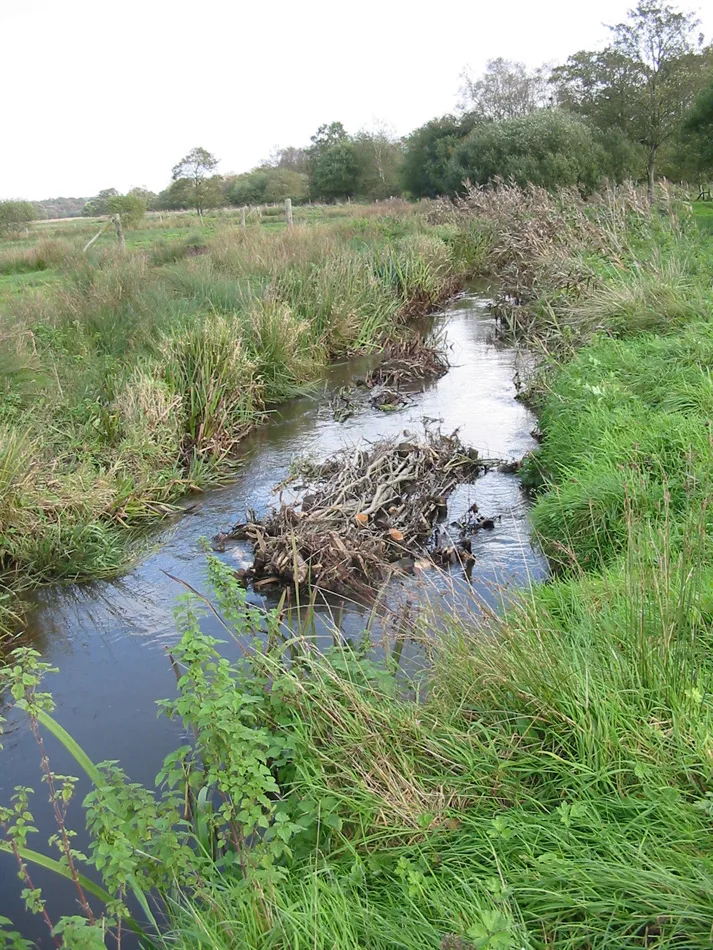DWT’s Seb Elwood explains how water is finding its own way again – reviving floodplains, peat and wildlife in a re-wetted landscape

We live in a thoroughly drained landscape. Over the last century we’ve dredged and straightened rivers, cut ditches through fields and buried pipes beneath our feet – all designed to move water off the land and out to sea as quickly as possible. The same policies that drove intensive farming, forestry and development have left us with fragile, polluted land that struggles to hold water, support wildlife or cope with a changing climate.
The Dorset Wildlife Trust’s new acquisition of fields beside the Tadnoll and Winfrith nature reserve near Wool is a chance to reverse that story. Here, water will be allowed to slow down again – to spill, wander and find its own course. Forgotten floodplains can be reconnected, rivers re-meandered and the land restored to its natural, gravity-led flow. Wetlands are home to around 40 per cent of the planet’s species, while storing carbon, improving water quality downstream and reducing flooding.
Years of agricultural drainage left the Tadnoll and Winfrith site criss-crossed with ditches, many perched above the true contours and cutting across the slope at right-angles. The fix is simple but transformative: fill the key ditches, lower a few banks – and the water begins to move through the natural hollows once more – forming shallow, shifting channels that bring life back to the soil.
In other places, ‘leaky dams’ made from willow, birch and gorse will hold water for longer. These small wooden structures trap sediment, clean the flow and create temporary pools that teem with invertebrates. The timber for them comes from the site itself – trees cleared for access will be reused to build the dams.
Within a narrow strip beside the heathland lie two forgotten peat mires, drained and drying for decades. Under the Dorset Peat Partnership project they’ll be re-wetted, reconnecting them with the floodplain, restoring the peat and allowing it to begin locking carbon in once more.
A second phase, planned for winter 2026, will focus on Tadnoll Brook, infilling part of its previously-straightened channel, raising the water table and spreading flow back across the fields to form a patchwork of wetland and meadow.
Far-reaching benefits
Once complete, the results will reach far beyond the reserve. The restored landscape will be alive with multi-threaded streams, seasonal pools and new ponds. Slower flows and wetland vegetation will strip nutrients from the water before it reaches Poole Harbour, helping tackle algal blooms. It will also provide the grazed ground that breeding waders need – lapwing, curlew, snipe and redshank among them.
By letting natural processes return, Tadnoll and Winfrith can show how wetlands heal more than themselves: they boost biodiversity, store carbon and clean our rivers. The project is about more than one site – it’s about rediscovering how to work with water, not against it – building Dorset landscapes that are richer, wilder and better able to face the future.

© S Williams
Grants from the Species Survival Fund and the Nature for Climate Peatland Grant Scheme have allowed work to begin and the Trust has launched an appeal to help fund the remainder of the project.
For more details, see dorsetwildlifetrust.org.uk



